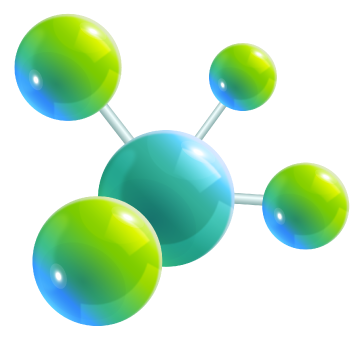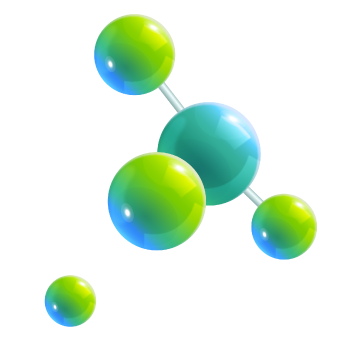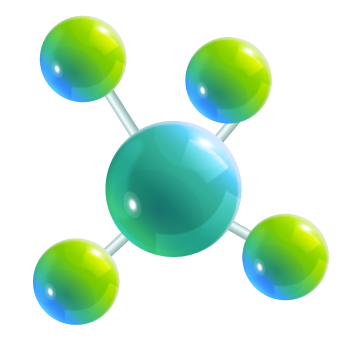
Oil Analysis
Oil analysis is a critical process used to evaluate the condition and performance of lubricating oils in machinery, engines, and industrial equipment. It involves testing the oil to assess its physical and chemical properties, such as viscosity, acidity (TAN), water content, and the presence of wear metals, contaminants and additives. This analysis provides valuable insights into the health of both the oil and the machinery it lubricates.
One key function of oil analysis is to detect early signs of mechanical wear, contamination or oil degradation. By identifying metal particles or foreign substances, it can indicate potential issues such as bearing wear, corrosion or coolant leaks. Monitoring the condition of oil helps in scheduling timely maintenance, preventing unexpected equipment failures and extending the life of machinery.
Oil analysis is widely used in industries such as automotive, manufacturing, aviation and marine operations to maintain optimal equipment performance and reduce downtime. It also plays an essential role in sustainability by helping reduce oil consumption and waste through condition-based oil changes rather than routine schedules.
Overall, oil analysis serves as a preventive maintenance tool, promoting efficiency, reducing operational costs and enhancing equipment reliability. It helps ensure that machines run smoothly and efficiently, supporting both productivity and cost management in various industries.



Lubricant / Used Oil Analysis
Heavy metals contaminants, Appearance, Water Content, ASTM Colour, Density, Flash Point, Sulphur Content,Kinematic Viscosity (KV),Viscosity Index, Total Acid Number (TAN), Total Base Number (TBN), Ash content. Water content, Soot (FTIR), Nitrogen Content, Particle Count (NAS Value),Wear metals and additive Elements (Mg, Na, Ba, Cu, B, Pb, Mn, Ni, Al, As, Cd, Ca, Fe, P, Zn, Cr, Sn, Si, V and other trace elements)
